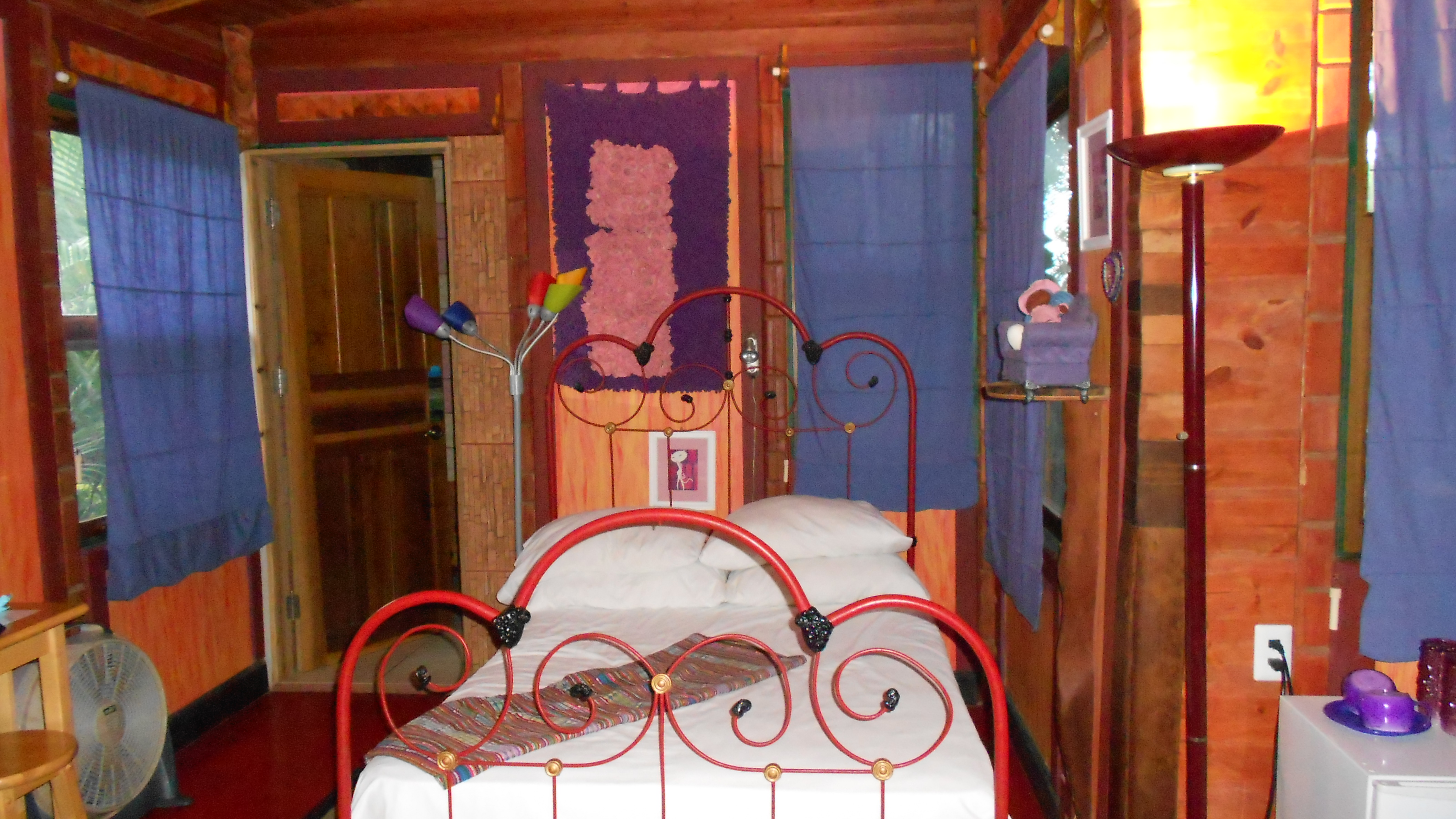You know I’m on vacation when I have enough energy to go to a morning capoeira class, two afternoon tango classes and then take a firedancing class in the evening. That’s exactly what I did this past Saturday and much to my surprise, getting eight hours of sleep and having virtually no stress means that I’m well rested enough not to need a nap in between activities, which is good since I scarcely had time to eat and sip a glass of wine.

I, like some other capoeirista participants, was initially confused as to whether the “fire” aspect of the dance was interpretative or literal. To be on the safe side, I brought my five-finger shoes since I knew we wouldn’t have real fire inside the capoeira studio. What I had not anticipated was the handicraft portion of class. Coupled with the fact that the workshop started thirty minutes later (Brazilian time!) than it should have, we were still finishing up on making four torches each when the workshop had been scheduled to end.

Using clothing that capoeira and crossfit students had left behind and placed in the lost-and-found box, we cut strips out of the clothing and tightly wrapped them around the wooden sticks that we used during our maculele choreography. To secure the cloth strip in place, the mestre told us to bound it with nylon string or yarn. As anyone familiar with my handicraft skills could have predicted, I made the “nonexample” torch as we politely call “incorrect” in the educational world. Of course with my luck, I sat beside a capoeirista who’s known for her creative handicrafts.

Although the mestre only spoke a pocketful of English and I spoke even less Portuguese, I asked him questions about my torch in Spanish. At least we both understood enough of that language to communicate. He undid my first torch since the cloth and string were too loose, which he assured me would fly off the stick and create a fire hazard.

Throughout the workshop, the mestre would periodically give us safety tips. At one point, I just laughed to myself about all the safety concerns that the two graduado (high-ranking) capoeiristas were translating for the rest of the group. As straightforward as the fire considerations were, I wondered if anything was being lost in translation.

At the time when the workshop had been scheduled to end, we all stood up, put away one pair of our torches and practiced some basic firedancing moves. After ten minutes, the mestre told the two graduado capoeiristas to divide up the group and work with a small group. Instead of doing a 1-2 count off and having all the 1’s work with one graduado and the 2’s work with the other, the graduados selected groups using the ol’ kickball method of picking group members by name. Never in childhood had I ever been the last one called since I’ve always been a fast runner. So at least that minor humilation didn’t tap into any bad childhood memories. Fortunately, I really liked the choreography that my group came up with; so I was well placed.




After working on the routine for twenty minutes, my favorite part of the entire workshop occurred. We formed a semi-circle, the mestre distributed small bottles of water and we practiced spewing water into the air. I cannot remember during my happy childhood ever being allowed, much less asked to spew water into the air that would wind up on the floor. Even though we were simulating how to spew fuel into the air, pure joy shot out of my mouth.

Once we cleaned up the floor, we took our torches and some safety support such as damp towels, a couple of buckets of water, and out to a nearby courtyard. The mestre confessed that he had never used the tiki fuel that we were about to use. The fuel came in two varieties–purple and yellow. I’m not sure if the color designated any significant difference, but both contained citronella.

The mestre thoughtfully tested out a couple of the torches. We discovered that the ones that had been made from a green sweat shirt were fire-resistant. Also, the nylon string was fire-resistant, but if the cloth was flammable, then the torch still lit. The yellow yarn burned pretty well.


Once that experimentation part was over, the mestre asked capoeiristas to dance and spit fire individually. Another capoeirista and I were the only two who refused to put the fuel in our mouths. We both stated that next time, we’d bring something like 151 rum to use for fire spitting. I figure that I’ve got enough problems without adding accidental poisoning to the list. Besides, I didn’t want to have any throat/voice problems the day before I was to host the Austin Writers Roulette.



However, I practiced dancing with fire, mainly for the photo op. Then I practiced the choreography with my group, using unlit torches. My refusal to voluntarily put poison in my mouth worked to another advantage: I was able to give the verbal cues to my partners.



Miraculously, none of us got burned although I nearly slipped with all that spewed tiki fuel on the tile. One woman in the other group had problems controlling the fire on one of her torches because the stick had been wrapped with a flammable, decorative tape.


After both firedancing choreographies had been completed, all sense of safety brokedown as more people grabbed lit torches, danced and spit fire. Those few of us who remained spectators, grabbed a blanket, got near the fire extinguisher and/or yelled out “You’re dripping fire!” to the firedancers. I took this as my cue to leave. I’d pressed my luck enough for one workshop.



All in all, I’m still interested in practicing firedancing–I’ll just have to bring the rum.





